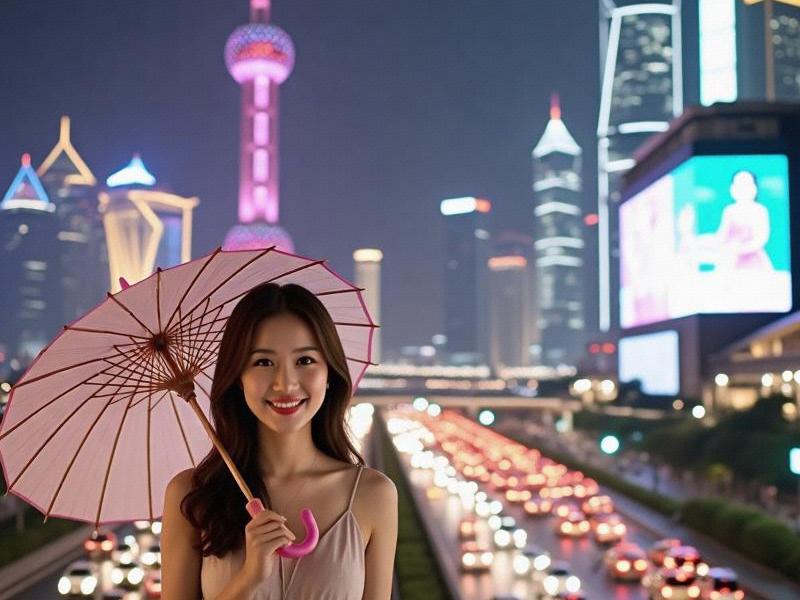
Section 1: Historical Foundations
- Treaty Port Era (1843-1949): Western influences meet Chinese aesthetics
- Socialist Uniformity (1950s-1970s): The disappearance of visible femininity
- Reform Era Reawakening (1980s-1990s): The return of fashion consciousness
- Digital Age Leadership (2000s-present): Setting national style trends
Section 2: The Shanghai Style Matrix
Core characteristics:
1. Intelligence Glamour: 81% local women consider education part of attractiveness
爱上海最新论坛 2. Hybrid Aesthetics: Fusion of qipao silhouettes with Parisian tailoring
3. Entrepreneurial Style: 67% of Shanghai fashion startups female-founded
4. Cultural Code-Switching: Mastery of both tea ceremony grace and boardroom confidence
Section 3: Economic Architects
Spotlight on influential figures:
- Vivian Xu: Designer merging traditional craftsmanship with tech
- Ms. Yang: Founder of "Shanghai Chic" consultancy advising luxury brands
上海龙凤419足疗按摩 - Zhang Lei: Digital archivist preserving 1930s style techniques
- The "Huangpu Collective" revolutionizing modest fashion
Section 4: The Fashion Industrial Complex
- $4.8B local apparel market (2025 projection)
- 62% premium fashion purchases by women under 35
- "New Chinese Luxury" sector growing at 25% annually
- Global brands establishing Shanghai-specific design centers
上海龙凤419自荐 Section 5: Future Frontiers
Emerging trends:
- AI-powered personal stylists
- Sustainable luxury initiatives
- Age-inclusive fashion weeks
- Cultural confidence mentorship programs
Conclusion: Beyond the Runway
Shanghai women are redefining Chinese femininity through a unique alchemy of cultural assurance and global fluency - their influence radiating from Nanjing Road boutiques to Paris runways, crafting an alternative to Western-dominated fashion paradigms while preserving regional identity.
